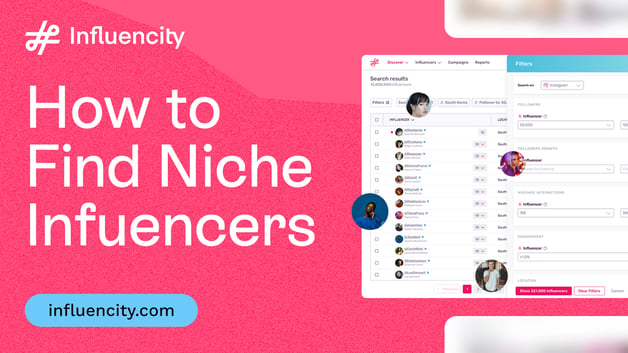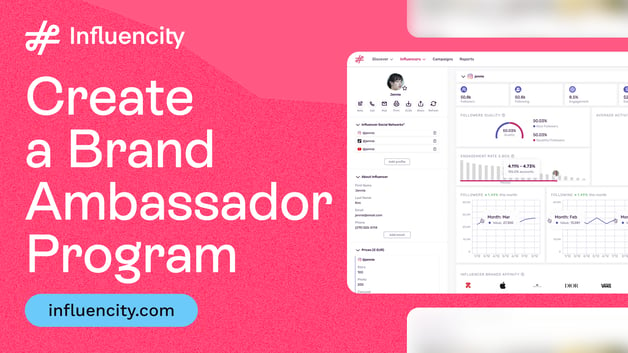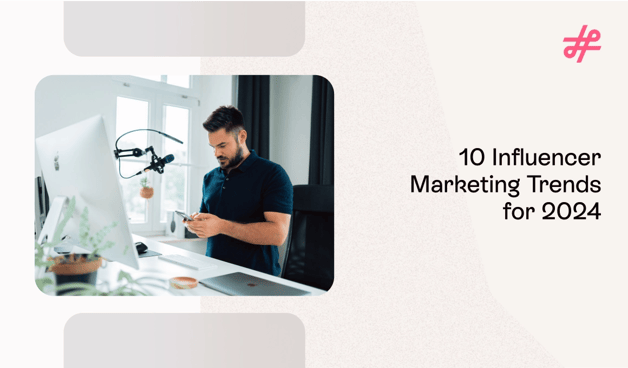Whitelisting vs Darkposting: Key Tactics Every Influencer Marketer Should Know
If you’re involved in social media marketing, you’ve probably heard the terms “whitelisting” and “dark posting” thrown around before. These techniques, commonly used in influencer marketing, can help brands extend their reach, increase engagement, and fine-tune their ad targeting. But what is whitelisting and dark posting in influencer marketing, and how can these strategies help you level up your brand's game?
Join us as we explore everything you need to know about whitelisting and dark posting in influencer marketing, including how these strategies work, when to use them, and how each approach could elevate your next campaign.
What is Whitelisting in Influencer Marketing?
Influencer whitelisting is when a brand takes an influencer's post and boosts it using paid ads. The influencer’s original content stays on their feed, but the brand gets to promote it to a wider audience through ads. It’s like giving the influencer’s content an extra push to make sure it reaches more people, especially those who might not already follow the influencer.
For example, let’s say an influencer posts a photo of a new pair of sneakers from your brand on Instagram. The brand then gets permission to “whitelist” that post, meaning they can pay to amplify the post's impact to show up in front of a larger group of people, people who might be interested in your products but who don’t follow the influencer. This is a great way to boost your influencer marketing content while keeping the influencer's authentic voice intact. It’s like a paid shout-out that feels natural and trustworthy.
How it Works
- Ask for permission: The brand asks the influencer if they can use their post for paid ads.
- Boost the post: Once the influencer agrees, the brand can pay to show the post to a wider audience.
- Target the right people: The brand can target specific groups of people based on things like age, interests, and location.
- Keep it real: The influencer’s original post stays on their feed, so it still feels personal and authentic, while the brand gets a wider reach.
Example of a Successful Influencer Whitelisting Campaign
HelloFresh is a great example of a brand that understands the power of whitelisting. As part of its ambassador program, the meal kit brand works with influencers to create real content about their meal prep experiences. HelloFresh then boosts the best-performing posts as paid ads, reaching a wider audience beyond the influencer’s followers. This helps HelloFresh connect with new customers while keeping the influencer’s content feeling fresh and authentic.
What is Dark Posting in Influencer Marketing?
Darkposting is a bit different. It involves creating ads from influencer content, but those ads don’t appear on the influencer’s social media feed at all. The content is used purely for advertising and is shown only to specific target audiences, with no public visibility on the influencer’s profile.
For example, imagine your brand works with an influencer to create a fun TikTok video about your new product. Instead of posting it on the influencer’s page, you can use that video as a dark post, an ad that will show up to a very specific audience, but it won’t appear anywhere on the influencer’s feed. This allows brands to reach potential customers without cluttering the influencer’s profile or their audience’s feed. It’s ideal when you want to run highly targeted campaigns.
How it Works
- Create the content: The brand and influencer create content together, like a video or post.
- Use it as an ad: The content is turned into an ad, but it doesn’t appear on the influencer’s page.
- Target specific audiences: The brand can show the ad to a very specific group of people, based on things like age, interests, or location.
Example of a Successful Influencer Dark Posting Campaign
Alo Yoga, the activewear brand, launched a campaign where fitness influencer @TawnyJanae created posts featuring their clothing range on her Instagram. But instead of leaving these as regular influencer marketing posts, Alo Yoga turned the content into paid ads. The ads didn’t appear on TawnyJanae's feed or directly to her followers. Instead, they were shown as targeted ads to people who didn’t necessarily follow her page or @AloYoga. This strategy allowed the brand to reach a specific group of potential customers interested in yoga and fitness, without filling the influencer's feed with too many brand promotions. It was a smart way for Alo Yoga to expand its reach while keeping the content authentic and true to the influencer’s style.
Key Differences Between Whitelisting and Dark Posting in Influencer Marketing
So, we've answered the question "What is whitelisting and dark posting in influencer marketing?" in terms of basic definitions, but what are the key differences between these two strategies that you need to keep in mind before deciding which approach will work best for your next IM campaign?
Let's find out…
Content Visibility
- Whitelisting: The influencer’s post stays on their feed but is also turned into a paid ad, allowing it to reach both their followers and a wider audience.
- Dark Posting: The content is used as a paid ad but doesn’t appear on the influencer’s feed. It’s shown only to a targeted group based on specific criteria.
Audience Targeting
- Whitelisting: Targets the influencer’s followers, and the brand can further expand reach with paid promotion to new audiences.
- Dark Posting: Offers more precise targeting by showing the ad to people who may not follow the influencer but who match the brand’s ideal customer profile.
Content Control
- Whitelisting: The brand boosts the influencer’s original content, keeping the influencer’s voice intact.
- Dark Posting: The brand has full control over the ad, allowing for changes to the content’s messaging or visuals.
Reach
- Whitelisting: Offers broader reach, as the content is shown to both the influencer’s followers and new audiences through paid ads.
- Dark Posting: Focuses on more targeted reach, ideal for connecting with a specific group of potential customers.
Authenticity
- Whitelisting: Maintains authenticity by keeping the content on the influencer’s profile, making it feel like a genuine recommendation.
- Dark Posting: While it’s less visible to the influencer’s followers, it can still feel authentic if the content aligns with the influencer's personal style.
Pros and Cons of Whitelisting vs Dark Posting
Now that we’ve covered the basics of whitelisting and blacklisting in influencer marketing, let's explore the pros and cons of each approach to help you decide which strategy will work best for your next campaign.
Pros and Cons of Whitelisting in Influencer Marketing
Pros:
- Authenticity. Since the content stays on the influencer’s feed, it feels real and natural to their followers. This can enhance the influencer endorsement, making the brand appear more trusted and credible to the influencer’s audience.
- Broader reach. Whitelisting allows the brand to reach both the influencer’s audience and new people. By paying to promote the content, the brand can expand its reach.
- Social proof. Having the post on the influencer’s feed gives credibility. It’s proof that someone the audience trusts and supports the brand.
Cons:
- Limited control. The brand doesn’t have full control over the content, as it’s based on the influencer’s original post. The brand must work within the influencer’s style and message.
- Audience overlap. Whitelisting often targets the influencer’s followers, so it may not always help brands reach new customers unless the paid promotion is targeted well.
Pros and Cons of Dark Posting in Influencer Marketing
Pros:
- Full control. The brand can fully customize the ad, adjusting the message, visuals, and call-to-action to meet campaign goals.
- Precise targeting. Dark posting allows the brand to target specific groups based on things like age, interests, or behaviors, reaching exactly the specific audience they want.
- No clutter. Since the content doesn’t show up on the influencer’s feed, it doesn’t crowd their profile with ads, keeping their page focused on personal content.
Cons:
- Less authentic. Since the content isn’t visible on the influencer’s feed, it can feel more like a traditional ad, which might make it seem less genuine to the audience.
- Potential lower engagement. Without the influencer’s personal connection to the post, darkposts might not get as much interaction as content that’s shown directly on the influencer’s feed.
Whitelisting vs. Dark Posting by Channel
Many social media platforms let influencers give brands permission to use their content for ads, but each platform handles whitelisting and dark posting differently. For example, on Facebook and Instagram, the influencer needs to be added to the brand’s Business Manager account before whitelisting a post, while on TikTok, influencers can give access through an account setting and access code.
Let’s take a closer look at how both strategies work on different platforms.
On Instagram, whitelisting is pretty straightforward.The influencer grants permission to the brand to boost their post through Facebook’s Ads Manager. The post stays on the influencer’s feed, but the brand can use paid ads to boost the ad and show it to a wider audience. With dark posting, the brand can create ads from influencer content that don’t appear on the influencer’s feed but are still shown to a targeted group.
Instagram also offers various ad formats like Stories and Carousel ads, which can be used for both whitelisting and dark posting.
Whitelisting on Facebook works through the same Business Manager setup as Instagram. Brands can boost influencer posts to show them to a wider audience. Dark posting on Facebook allows brands to create custom ads using influencer content, targeting specific audiences without cluttering the influencer’s profile.
Facebook’s targeting options are also extensive, including demographic, geographic, and interest-based targeting, which helps brands reach exactly the right audience.
TikTok
TikTok has a different process. Influencers can give brands access to their content through an access code. This lets the brand create dark posts from TikTok videos, targeting specific groups of people. Whitelisting works similarly but requires the influencer to grant access so the brand can boost their posts and reach more users.
TikTok also offers more interactive ad features like polls and stickers, which can be used in both whitelisted and darkposted content to engage users even more.
@emiliekiser Skincare smoothie for that glowing skin 🧡👏🏼✨ thanks to @Drunk Elephant @sephora #drunkelephantpartner ♬ original sound - Emilie
YouTube
On YouTube, whitelisting works by allowing the brand to use the influencer's video as a paid ad. To do this, the influencer must first grant permission by linking their YouTube account to the brand’s Google Ads account. The brand can then promote the video to a broader audience using YouTube's ad platform. The video stays on the influencer’s channel, but it can be boosted as an ad to reach people who may not follow the influencer.
For dark posting, the influencer’s video is used as an ad, but it doesn’t appear on their channel. The brand can create a custom video ad using the influencer's content, and it will be shown as a pre-roll or in-stream ad, but not posted on the influencer’s channel. The influencer must still grant permission, and this is typically done via the Google Ads account, giving the brand full access to run targeted ads without affecting the influencer's content feed.
Which Strategy Should You Choose?
Let’s wrap up today’s post by reviewing the key takeaways from today’s post to help you decide which strategy is the best fit for your brand. Above all, keep in mind that your choice between whitelisting and dark posting depends on your specific goals and how you want to engage with your audience. Both strategies offer unique advantages, and understanding what you want to achieve will help you choose the most strategic social media marketing partnership for your campaign.
Go with whitelisting if:
- You want to keep the influencer's content feeling authentic and natural.
- You're looking to reach a wider audience, including the influencer’s followers and new people.
- Social proof and trust matter to you. Seeing a product recommended by a trusted influencer can boost credibility.
Choose dark posting if:
- You need more control over the ad’s message, visuals, and audience targeting.
- You want to run highly targeted ads without overloading the influencer’s feed with brand promotions.
- You’re testing different ad versions or trying to reach a very specific audience.
Ultimately, both strategies have their strengths, and often, using a mix of both can help you get the best results. It’s all about figuring out what works for your brand’s goals and the kind of relationship you want to build with your audience.
Tags:




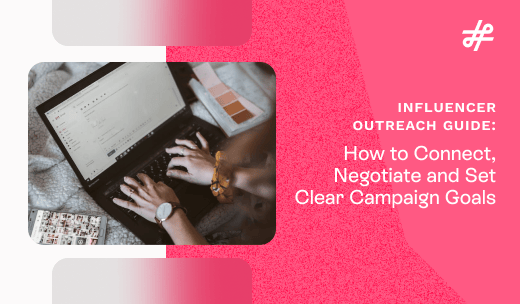
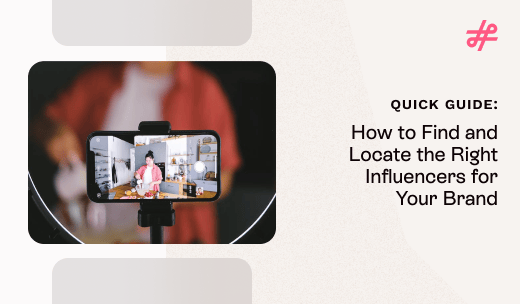





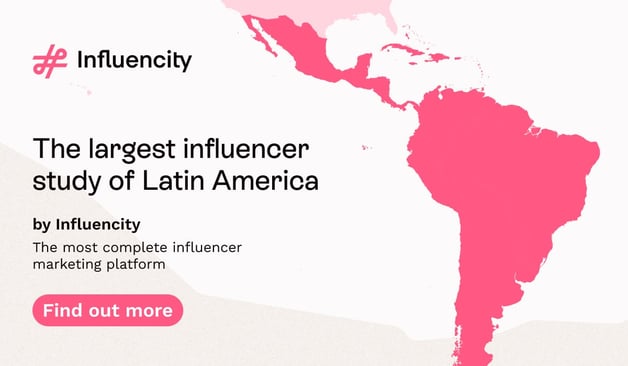


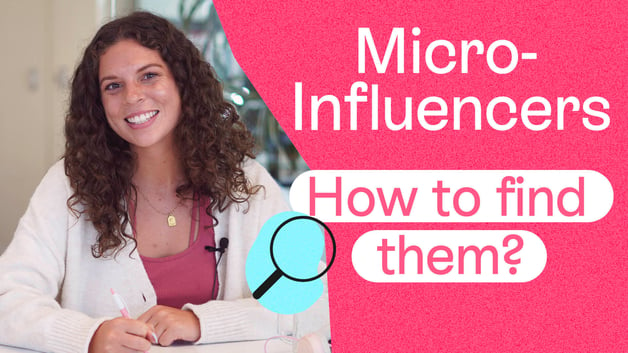


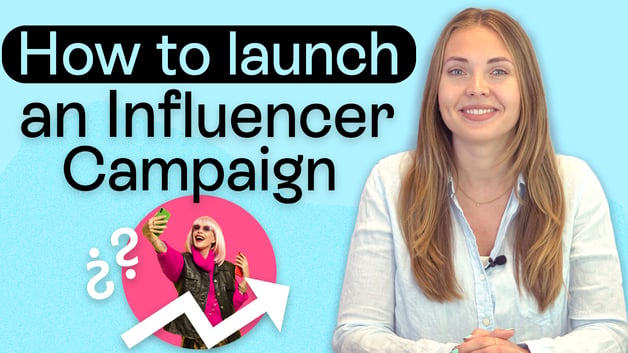

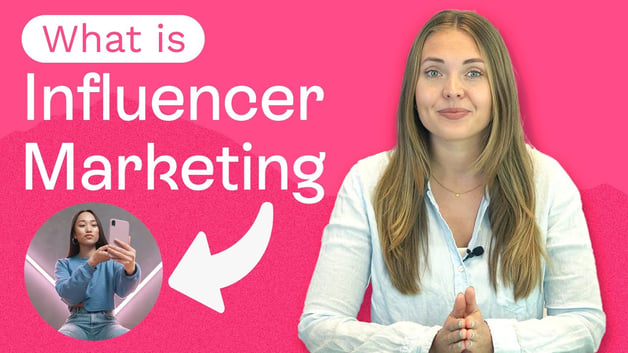

%20and%20How%20Can%20They%20Benefit%20Your%20Brand%20article.jpg?length=628&name=What%20Are%20Key%20Opinion%20Leaders%20(KOL)%20and%20How%20Can%20They%20Benefit%20Your%20Brand%20article.jpg)
